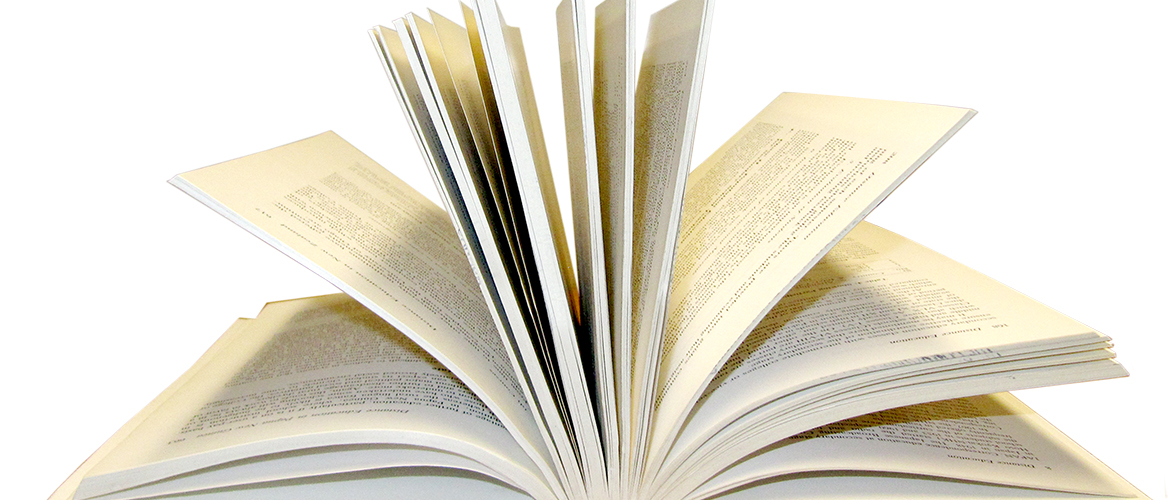
Is the cost of your textbooks prohibitive? Are you dependent on your local collage library to access those few copies of the recommended textbooks? If you are thinking that the answer to these questions is yes in any developing country, you need to refresh your information on what is happening to students in the developed world. Some students have to borrow or take loans to buy basic textbooks for their graduate studies. The cost of textbooks is a real problem. It is estimated that students spend between $650 – $1000 per year to buy textbooks in the United States. The cost of educational books and supplies in the US increased over 812% since 1978 (see Carpe Diem Blog). Interestingly, this increase is more than the cost of medical services and the average Consumer Price Index.
In the developing world, for example in India, at the school level, the state takes the responsibility of producing and distributing textbooks to the learners. While this has been a good practice, there are problems in the supply chain, and textbooks do not reach the learners on time. Also, the state funded printed textbooks are supplied at subsidised costs. Students in some elite schools can afford to pay the actual cost of the book, while in others it is difficult to even pay for the subsidised cost. In the market there are many other textbooks and digital learning resources available, which parents buy for their children to provide them additional learning resources. So, the ecosystem of the school textbook in India has multiple options for the learners. While the public funded textbooks are yet to be available in open licenses, the National Repository of Open Educational Resources (NROER) launched in 2013 for the school sector has agreed to release all its contents in CC-BY-SA license.
Realising the problem of textbooks many universities have now started to join the Open Educational Resources (OER) movement and promote the development and use of open textbooks (see Open Michigan and BC OpenEd). In India, the call for use of OER was given in 2007 by the National Knowledge Commission (NKC) in its recommendation to the Government of India. With the success of the National Programme on Technology Enhanced Learning (NPTEL) for engineering and basic science courses, in 2009, the Government of India started the National Mission on Education through Information and Communication Technology (NMEICT) to develop the country as a knowledge super power. Since its inception, the mission has been active in the development of digital learning resources through a variety of projects (see Spotlight in the EduComm Asia, Vol 17, 3) for both graduate and post graduate levels in a number of disciplines (see for example epg pathshala). The NMEICT has now approved an open license policy to make all the content developed under the project as OER under CC-BY-SA license. This is a major boost for the OER movement, and shows the commitment of the Government of India to share knowledge resources in the commons, and propel further reuse, remix and growth of knowledge. It is expected that the content developed will be available in such a way to facilitate localisation and adaptation to local requirements all over the country and elsewhere. This policy announcement is also in line with the COL-UNESCO OER Paris Declaration that calls upon all governments to release educational and research materials developed with public funds as OER. We congratulate the Government of India for making its resources available as OER, and call upon other governments to join this growing trend for the good of all.


